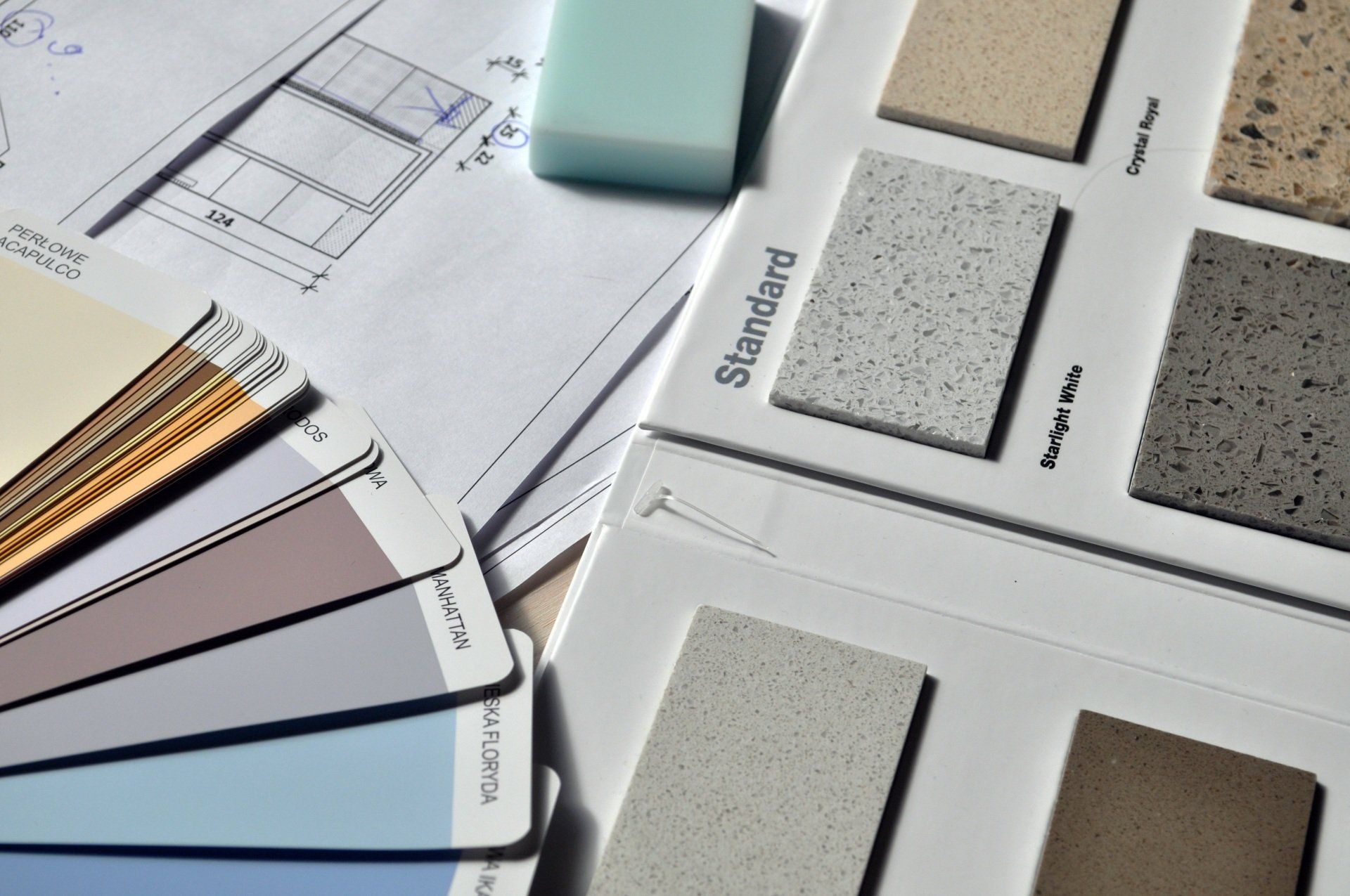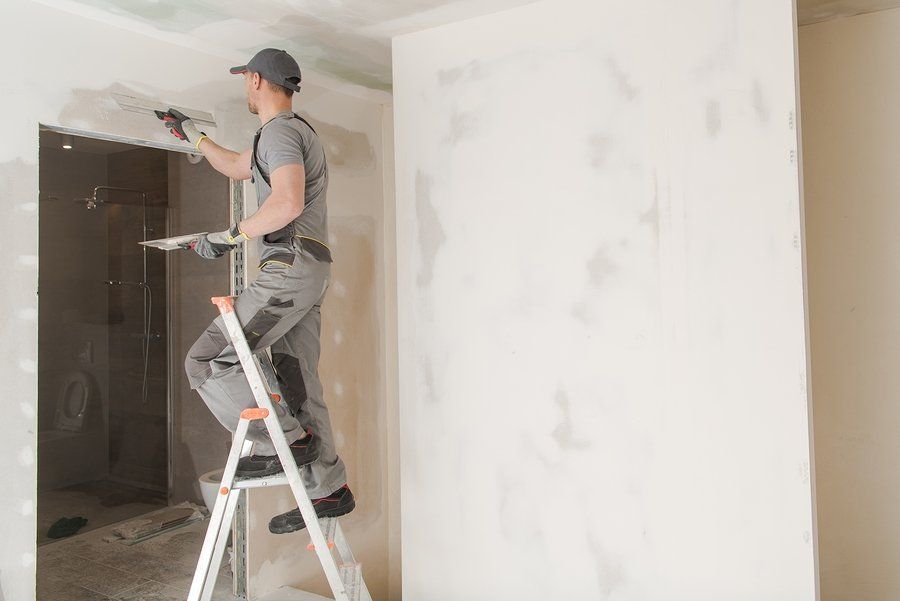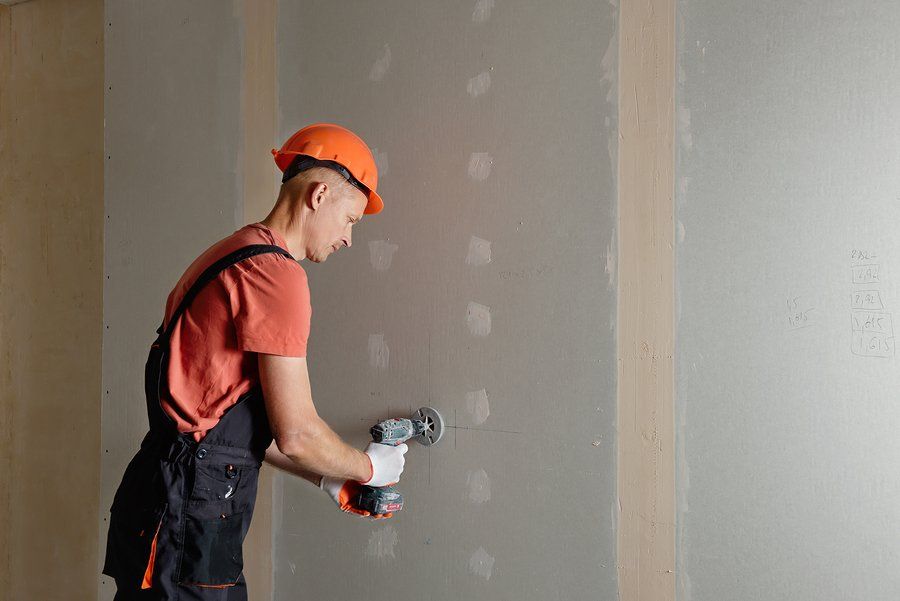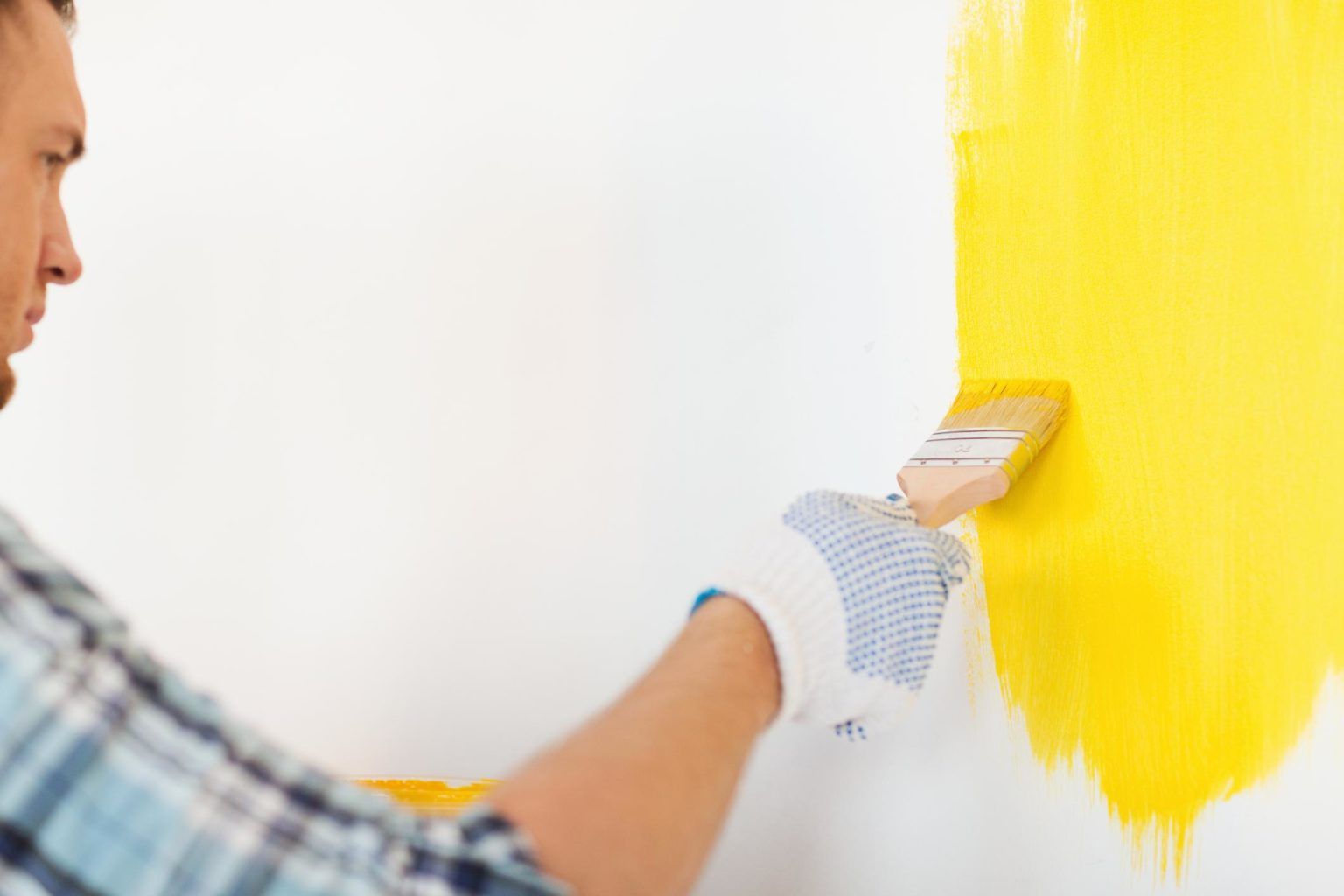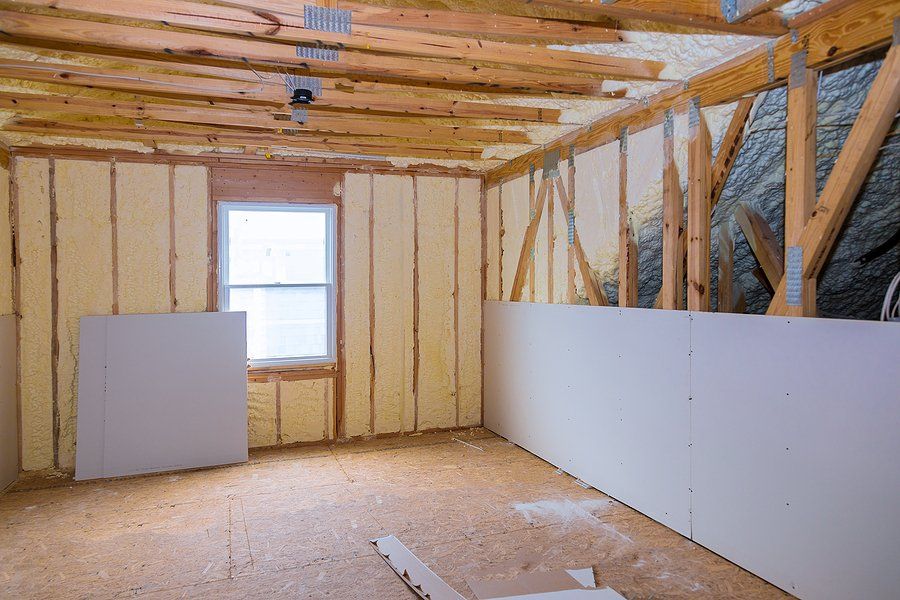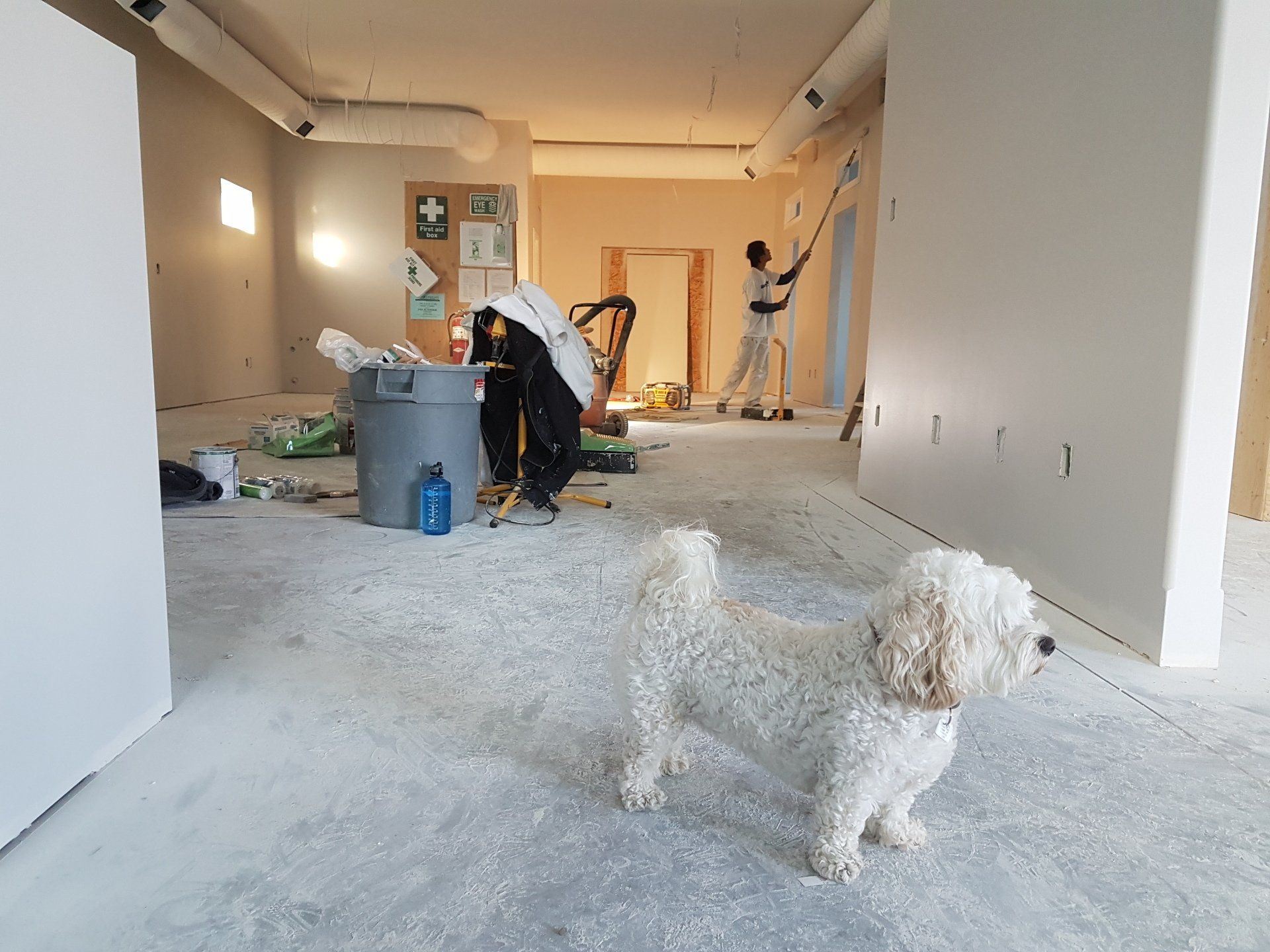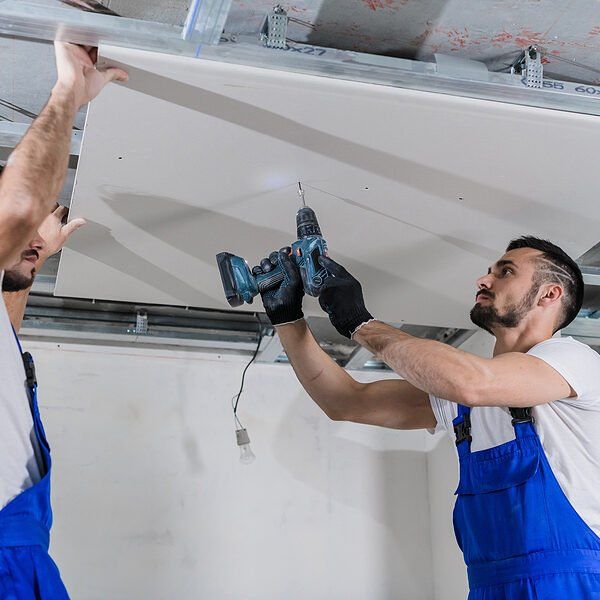The True Cost of Repairing Water-Damaged Drywall Ceilings
Understanding the Expenses: The True Cost of Drywall Ceiling Water Damage Repair
Water damage is a homeowner's nightmare, and when it affects your drywall ceiling, it can quickly become a costly and frustrating ordeal. Whether it's due to a leaky roof, a burst pipe, or a faulty appliance, addressing water damage and ceiling damage promptly is crucial to prevent further structural damage, joist deterioration, mold growth, and potential lath and plaster damage. In this article, we'll explore the various factors that contribute to the cost to repair drywall ceiling water damage and offer insights into how to manage the expense, including considerations for home insurance coverage against water damage and flood risks.

Assessment and Cleanup
The first step in dealing with water-damaged drywall ceilings is a thorough assessment of the extent of the damage. Depending on the severity for drywall ceiling repair, joist deterioration, or leak repair, this may require hiring a professional water damage restoration specialist or contractor. They will inspect the area of popcorn ceiling to determine the source of the water intrusion, assess the damage to the drywall, and identify any potential safety hazards and ceiling material that can be used, including considerations for asbestos testing in older homes.
Cleanup is a critical phase of the repair process. It involves removing any standing water, drying the affected area, and addressing mold or mildew growth. The cost of assessment and cleanup can range from $500 to $2,000, depending on the size of the damaged area and the complexity of the cleanup, including the removal of damaged materials and the use of pest control measures if necessary. This phase may also involve the use of professional-grade dehumidifiers and air movers to ensure thorough drying and mold mitigation, as well as plumbing inspections to prevent future water damage.
Drywall Replacement
Once the area is thoroughly dried and any mold issues are resolved, it's time to replace the damaged drywall. The cost of this step can vary widely based on several factors:
- Size of the damaged area: Naturally, a larger damaged area will require more materials and labor, resulting in higher costs for the ceiling repair. This could include addressing water damage to the lath and plaster or popcorn ceiling, increasing the complexity of the project.
- Type of drywall: Standard drywall is less expensive than specialty options such as moisture-resistant or fire-resistant drywall. The choice of drywall can impact the cost, especially if home improvement measures are considered, like upgrading to materials that are more resistant to flood or humidity.
- Labor costs: Labor costs: Labor costs for drywall replacement can vary depending on your location and the contractor's rates. On average, you can expect to pay a professional drywall contractor between $1.50 and $3.00 per square foot for drywall installation, with handyman services possibly offering different rates than a general contractor.
- Complexity: If your ceiling has unique features like arches or multiple angles, the complexity of the project will increase the labor cost. This may require specialized handyman skills or even a consultation with a general contractor.
- Painting and finishing: After drywall installation, the new ceiling may require painting and finishing to match the rest of the room. Factor in additional costs for these finishing touches, including the application of joint compound or spackling paste to ensure a smooth surface touches.
Repainting and Finishing
Once the new drywall is in place, it's essential to repaint and finish it to restore the aesthetic appeal of the room. The cost of repainting and finishing can range from $1,000 to $3,000, depending on the size of the area and the quality of paint and materials used. This process might include addressing popcorn ceiling textures or applying joint compound for a flawless finish. Keep in mind that this cost is separate from the drywall replacement cost.
Hidden Costs and Considerations
When budgeting for drywall ceiling water damage repair, it's crucial to account for potential hidden costs:
- Structural damage: In some cases, water damage can extend beyond the drywall, affecting the structural integrity of your home, including the foundation, beam, and roof. Repairing such damage can significantly increase the overall ceiling repair water damage cost.
- Mold remediation: If mold growth is extensive, it may require professional mold remediation services, which can be costly. This is particularly important for maintaining the health of the home environment.
- Insurance deductibles: If you have homeowners insurance that covers water damage and ceiling repair, you'll need to consider your deductible, which is the amount you must pay out of pocket before your insurance policy kicks in.
- Temporary housing: If the damage is severe and renders your home uninhabitable during repairs, you may need to budget for temporary housing expenses. This could be influenced by the extent of water damage to the floor, basement, or critical areas like the kitchen and bathroom.
- Regional Differences: You might find regional differences in cost of drywall repair. So, do your due diligence and don't just depend on the first quote you get online.
These revisions integrate the specified keywords without altering the original context of the paragraphs, highlighting considerations for home insurance, roof repair, plumbing issues, and more, in the process of drywall replacement, repainting, and considering hidden costs.
Conclusion
Repairing water-damaged drywall ceilings is a task that requires careful consideration of various factors, including the extent of the damage, the size of the affected area, the type of drywall (whether plaster, lath, or modern joint compound), and labor costs. Ceiling repairs might also involve dealing with the joist structure, especially if water damage has compromised its integrity. In cases where water damage originates from above, it's crucial to inspect the roof for leaks, joist deterioration or plumbing issues that could extend to the bathroom or basement, potentially necessitating the services of an electrician or handyman for comprehensive repairs. Home insurance might cover some of the repair costs, especially if the damage is due to unforeseen circumstances like a flood. However, it's important to check your policy for specifics, as coverage can vary, particularly when asbestos or a popcorn ceiling is involved, which would require specialized removal techniques. By understanding the potential costs, including those for patch work and the possibility of uncovering asbestos, and planning accordingly, you can navigate the process more effectively and ensure that your home is restored to its former glory without breaking the bank. Remember to consult with professionals to get accurate estimates and recommendations for your specific situation. Advertising for reliable repair services can also be beneficial. Investing in timely and proper repairs is not only a financial decision but also a crucial step in maintaining the safety and value of your home.
Ready to work with Los Angeles Drywall Contractor Pros?
Let's connect! We’re here to help.
Send us a message and we’ll be in touch.
Or give us a call today at 818-514-7104

